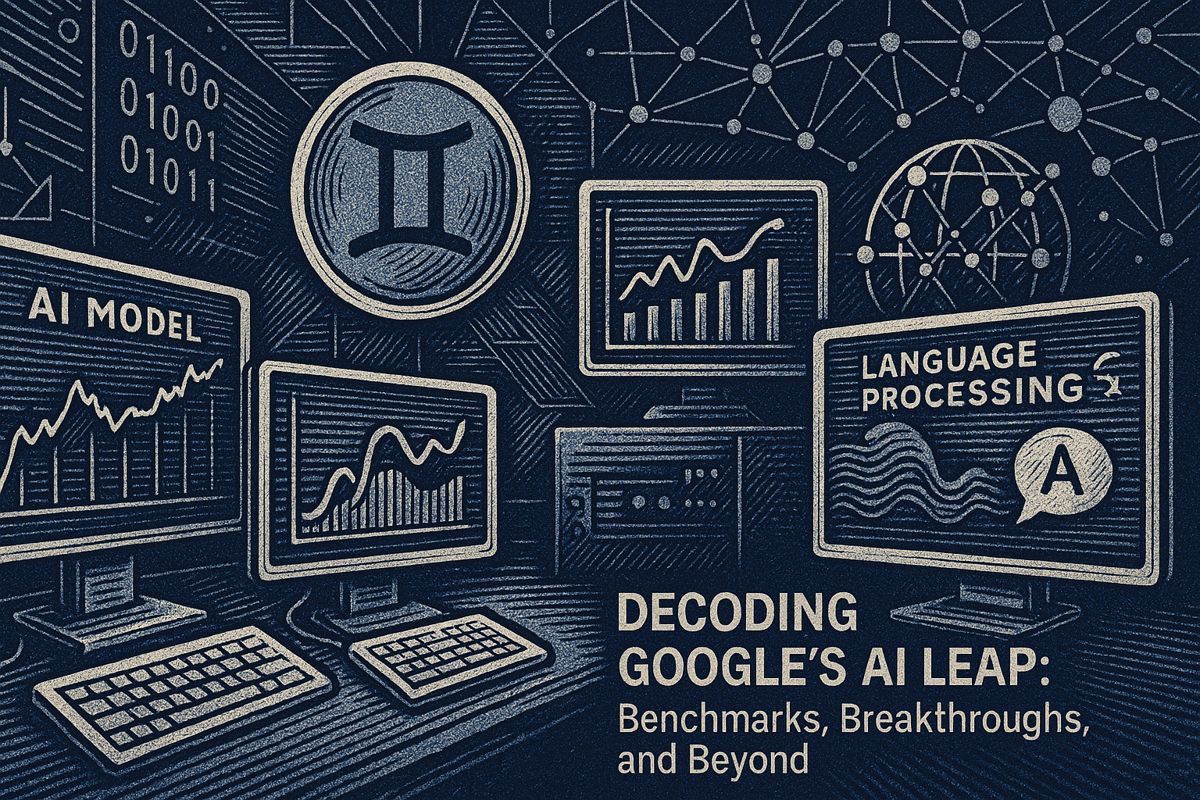Managing a vast universe of digital assets is a core challenge for brand leaders aiming for scale. A recent session from Acquia and Velir highlighted how combining AI with Digital Asset Management (DAM) can boost asset search by 300%, transforming content operations. This article unpacks how this powerful pairing streamlines workflows, captures institutional knowledge, and accelerates content reuse.
Why October’s Acquia and Velir session mattered
By integrating Artificial Intelligence into a Digital Asset Management (DAM) system, organizations can automate metadata creation through image recognition, speech-to-text, and semantic analysis. This enriches every file with detailed, accurate tags, making assets drastically easier and faster for teams to discover, reuse, and manage effectively.
In their October 2025 webinar, “Beyond Storage: Smarter Content, Bigger Impact with DAM + AI,” Acquia and Velir demonstrated a significant breakthrough. Live polling during the session revealed that AI-enriched metadata improved asset search success by 300%. This finding was reinforced by a case study from Paramount, where AI auto-tagging reduced manual classification time by 80%, freeing up creative teams for more strategic work.
From chaos to context
While legacy file-sharing systems obscure institutional knowledge, a centralized DAM creates a single source of truth for all approved assets. AI enhances this repository with powerful tools like image recognition, speech-to-text transcription, and semantic search. As a result, teams can locate specific assets in seconds, and analytics dashboards can identify top-performing content to guide marketing strategy.
Streamlined Content Operations in practice
In practice, this integration streamlines content operations significantly. For example, a marketer can instantly find a localized hero image with the correct licensing for a regional campaign. The system automatically alerts compliance teams to rights issues before an asset is used, reducing legal risks and costly re-shoots.
Key efficiency gains reported by customers include:
* A 60% increase in asset reuse within six months
* An average reduction of nine days in campaign launch times
* A 25% decrease in storage costs from eliminating duplicate files
Accessibility and inclusion baked in
As Velir’s Jill Roberson noted, accessible content is inherently more discoverable. Modern DAMs integrate AI to automate accessibility tasks directly within the workflow. Features like auto-captioning, color-contrast analysis, and alt-text suggestions help teams meet WCAG standards, ensuring content is usable by all audiences and reducing future compliance costs. The CMSWire listing for the event shared similar findings.
Turning insight into ROI
Beyond simple cataloging, AI connects asset usage with performance data to deliver actionable insights. Dashboards can automatically flag high-converting assets, such as a specific infographic, prompting marketing teams to amplify its use across other channels. This provides finance leaders with clear ROI attribution, linking DAM investment directly to revenue growth and justifying its expansion.
Next steps for content leaders
Content leaders can begin by launching a pilot program focused on a single, high-volume workflow like social video production. The key steps are to define a strict metadata schema, allow AI to automate tagging, and measure retrieval times before and after implementation. Once success is proven, expand integrations to the CMS and marketing platforms, ensuring accessibility checks are included from the start.
When assets are siloed, institutional memory erodes. An AI-enhanced DAM preserves this knowledge by keeping every creative file, brand story, and data point instantly accessible, empowering teams to create more impactful content with less duplicated effort.
What happened at the Acquia + Velir session on 22 October 2025?
The firms co-hosted the webinar Beyond Storage: Smarter Content, Bigger Impact with DAM + AI. They demonstrated how an AI-powered DAM becomes a single source of truth through auto-tagging, semantic search, and video transcription. Key results included a 300% increase in relevant search results and a reduction in campaign setup time from three days to just four hours.
How does AI actually boost asset re-use?
AI engines analyze every asset – including images, videos, and documents – to generate rich, consistent metadata automatically. This complete tagging allows marketers to find and reuse existing content in under 30 seconds, eliminating the need for new production. According to Forrester data, this capability can boost asset reuse rates above 60% and cut production costs significantly.
Which routine tasks can teams hand over to the machine?
Teams can delegate several time-consuming tasks to an AI-powered DAM, including:
– Automatic tagging for all file types (images, videos, PDFs)
– Transcription and captioning for video accessibility
– Detection and removal of duplicate files
– Automated compliance and rights-management checks
– Smart resizing of assets for different channels
By automating these processes, teams often regain up to one full day per week, as noted by Velir’s Jill Roberson.
How do DAM + AI improve compliance and accessibility?
AI models automatically scan assets upon upload for compliance and accessibility issues, such as missing alt-text or unlicensed content. This proactive check ensures that risky or non-compliant assets are flagged before they can be published. One client cited by Acquia reported that embedding these automated WCAG scans into their DAM workflow reduced accessibility-related lawsuits to zero within a year.
Where should a company start if it wants these gains in 2025?
To achieve these results, companies should follow a clear path:
1. Select a cloud-based DAM with open APIs to allow for AI integrations.
2. Launch a 30-day pilot on a high-volume asset category, like product photos.
3. Benchmark key metrics: search success rate, asset reuse, and campaign launch time.
4. Provide feedback to the vendor to help refine the AI models.
5. Once the pilot proves successful, scale the solution across other departments and asset types.
Acquia and Velir offer a free AI readiness checklist, available on the event page, to help guide this process with specific KPIs.



















